Michelle Yeoh got on the stage to a continuing wave of applause. “For all the little boys and girls who look like me watching tonight, this is a beacon of hope and possibilities. This is proof to dream big and dreams do come true.” She held up the 2022 Oscar trophy for “Everything Everywhere All at Once” the first woman of Asian descent to win Best Actress.
Take a look back 100 years, starting with the very first Asian actress in America, Anna May Wong, to see generations fighting to break free from stereotypes and restrictions on screen and off.
Scene One: She and She and She
— 1919 —-
Anna May Wong’s debut movie is in an uncredited background role in “The Red Lantern.”
— 1921 —
Lotus Flower from “The Toll of the Sea” is Wong’s first leading role.
— 1924 —
The Chinese Exclusion Act of 1882 which banned immigration with few exceptions, is expanded, extending restrictions to other countries amidst growing anti-Asian sentiment.
— 1930 —
Anti-miscegenation clause banned depictions of interracial relationships. Actors are excluded systematically from the roles of color that have relationships with other roles played by white actors.
— 1937 —
Anna May Wong is passed over for the lead role of O-Lan in “The Good Earth” opposite a white male actor cast to play the Chinese male lead. O-Lan was played by a white actress who won the Best Actress Oscar because for that role.
— 1943 —
The Chinese Exclusion Act was repealed, as the U.S. allies with China against Japan in WWII. Nevertheless, immigration is restricted to 100 per year.
— 1961 —
“Flower Drum Song,” is the first major Hollywood movie based on an Asian-American story mainly cast with Asian-American actors. Miyoshi Umeki was nominated for the Golden Globe Award for Best Actress – Motion Picture Musical or Comedy.
— 1965 —
The Immigration and Nationality Act of 1965 passes. Large-scale Asian immigration begins.
— 1969 —
The Equal Employment Opportunity Commission (EEOC) holds a one-day hearing in Hollywood, hearing evidence that people of color are excluded from nearly all jobs in Hollywood.
— 1993 —
“Joy Luck Club,” is the second movie centered on an Asian-American story since “Flower Drum Song” 32 years earlier. Gene Siskel writes that “Its depiction of how the brutality of the lives of women in China could continue to influence the lives of their American daughters.”
— 1994 —
“All-American Girl,” is the first TV sitcom featuring an Asian family. Canceled only after two weeks. Comedian Margaret Cho later writes, “So much emphasis was put on our ethnicity and the fact that we were Asian-American, that took us out of comedy.”
— 2001 —
Lucy Liu plays a lead role in the movie version of “Charlie's Angels” and wins Best On-Screen Duo from MTV Movie Award.
— 2004 —
“Saving Face,” starring Lynn Chen and Michelle Krusiec,is a game-changer for both Asian-American and lesbian representation on screen.
— 2015 —
“Fresh off the Boat” is the first fully Asian sitcom in 20 years. It receives a 94% approval rating on Rotten Tomatoes and Constance Wu is nominated for nine awards for her role.
— 2018 —
Sandra Oh plays a leading role in “Killing Eve,” and later wins the Best Actress – Television Series Drama at the Golden Globe Awards.
— 2022 —
“Everything Everywhere All at Once” wins 266 awards out of 405 nominations. Michelle Yeoh wins the Best Actress Oscar.
Scene Two: They and He and She
We can see the changes in how Asians are represented on screen over the past century looking at the careers of 33 actresses from Anna May Wong to Michelle Yeoh.
Their work includes films, TV series, web series, and short videos. Voice roles and one-time appearances in TV series are not included.
From the 1920s to the 1990s, the number of Asian actresses on screen started with just one lonely figure and grew slowly. Early on, top credit roles were rare and limited to a handful of actresses like Anna May Wong and Nancy Kwan. Around the 1990s, the market opened up for more Asian women characters, and more of them had a chance to play the leading role.
“Starring” refers to the main actors or performers who are prominently featured in a production, while “Cast” represents all other roles.
Only 81 are listed as top credited out of 997 productions in total, meaning that only approximately 8% of the productions that these 33 actresses participated in are primarily centered on the character of Asian women.
The descriptions of those top credited productions from IMbD provide a closer viewpoint of the changes that happened over time.
From “Chinese-American woman” to “native New Yorker”

1937 - Anna May Wong (Lan Ying Lin): A Chinese-American woman tries to expose an illegal-alien smuggling ring. 1994 - Sandra Oh (Jade Li): East clashes with West and generations collide as a young Chinese woman struggles to appease her old-fashioned father.
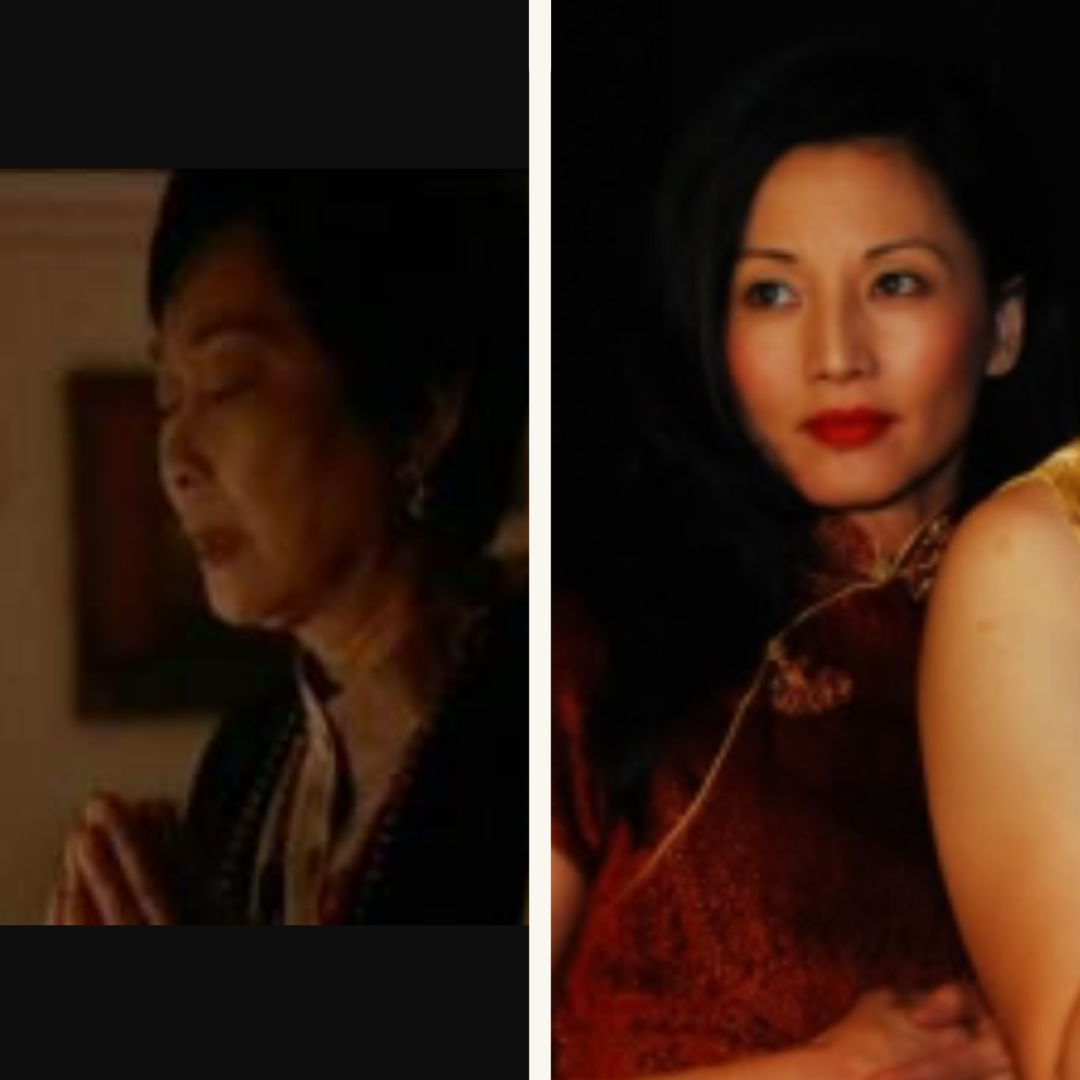
1998 - Lisa Lu (Mrs. Hong):A blind Asian-American woman lives with her son and daughter-in-law. 2010 - Tamlyn Tomita (Viola): A struggling Asian American Theater company decides to put on a production of Gilbert & Sullivan's The Mikado.
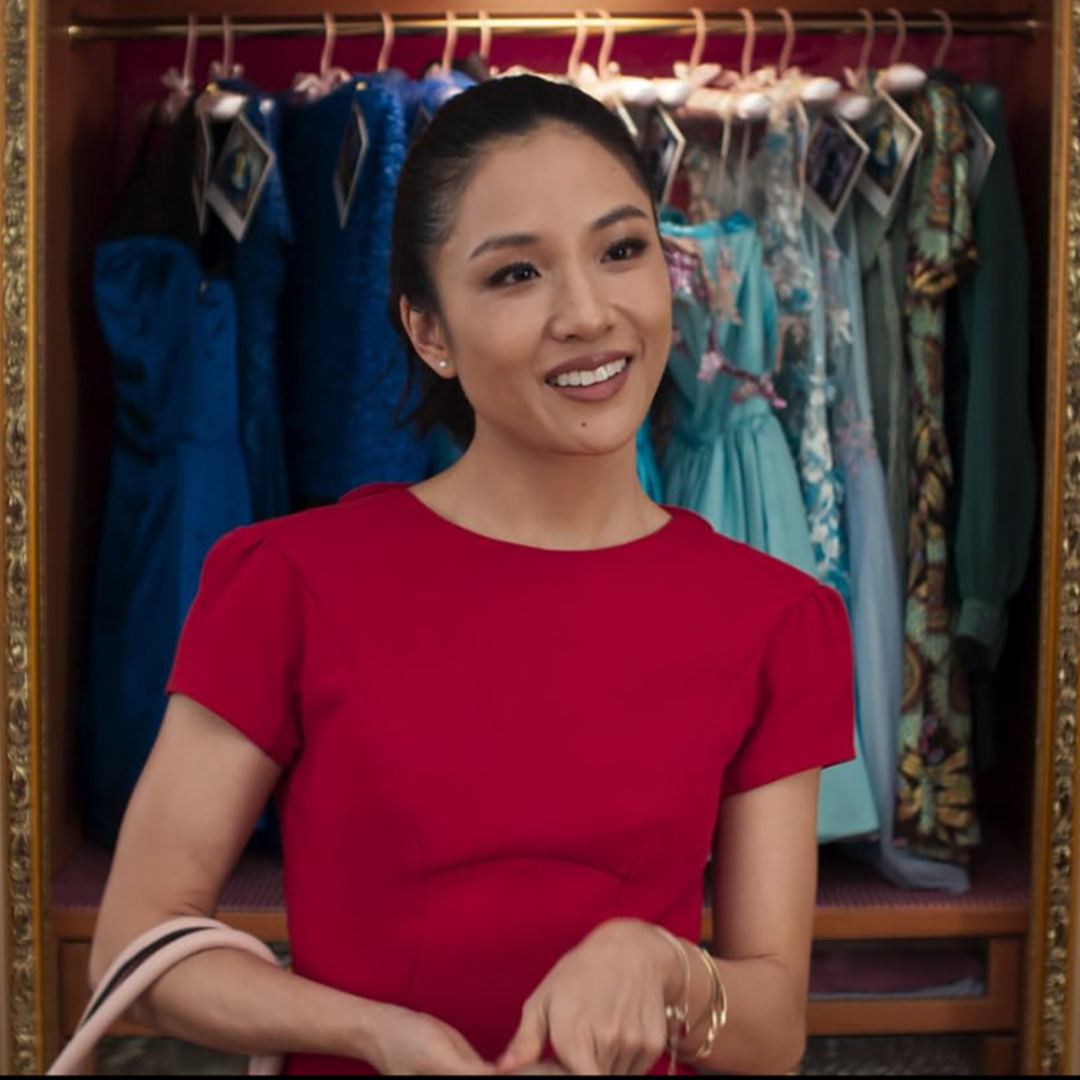
2018 - Constance Wu (Rachel Chu): This contemporary romantic comedy based on a global bestseller follows native New Yorker Rachel Chu to Singapore to meet her boyfriend's family.
Stereotypes rely on the othering of characters. With the description of roles in the early days, we can see the characters’ identities are tied closely to the country they or their families were originally from, even if that information barely has any relevance ton the plot. Such portrayal distanced the audience from the Asian community in a subtle way and left room for stereotypes to grow.
With the shifting of time, the use of the more general “Asian” slowly replaced the former identity, and actresses started to play roles that had nothing to do with where they were from.
In 2018, the character of Rachel in “Crazy Rich Asians” was described as a “native New Yorker,” this character’s identity is tied to the U.S.. It’s a sign of inclusion as well as a reflection on social change.
From their early 20s to their late 90s
Normally it would take a few years for an actress to get a top credit role. But for Lisa Lu, that number is 40, for Tsai Chin, it’s 42. “ I think all of you women understand this, as the days, the years, and the numbers get bigger, it seems like opportunities start to get smaller as well.” Michelle Yeoh said when she accepted the Golden Globe Award for Best Actress in a Motion Picture Comedy or Musical in 2023. It is their persistence that gives them the chance to stand in the center of the stage.
Tsai Chin’s role in “Lucky Grandma” (2019) and Lisa Lu’s role in “The Disappearance of Mrs. Wu” (2021) both showed an innovative perspective from Asian elderly women. The characters are not the cliche of a nice old grandma, but a complex woman with internal struggles and rich emotions. Lu is now 97 years old and still participating in movie production, she is living proof that age can’t stop one from the career they are enthusiastic about.
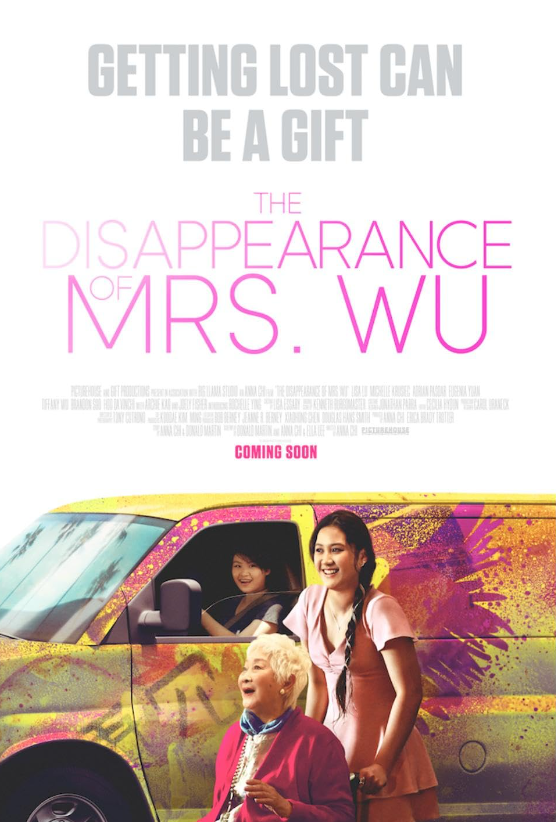
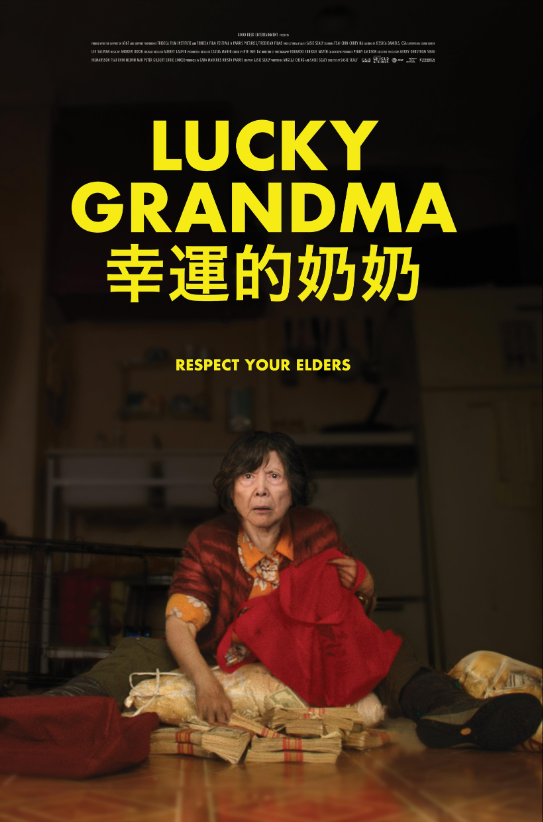
From “Oriental villainess” to “Game- show-obsessed woman”

1931 - Anna May Wong (Ling Moy): Princess Ling Moy, a young and beautiful Chinese aristocrat lives next door... 1961 - Nancy Kwan (Linda Low): A young woman: arrives in San Francisco's Chinatown from Hong Kong with the intention of marrying a rakish nightclub owner...

1993 - Tamlyn Tomita (Waverly - The Daughter): The life histories of four East Asian women and their daughters reflect and guide each other. 2002 - Sandra Oh (Kin Ho Lum): Twelve-year-old Mindy Ho inexpertly tries Taoist magic to fix her single mother's financial situation and seemingly hopeless romantic prospects.
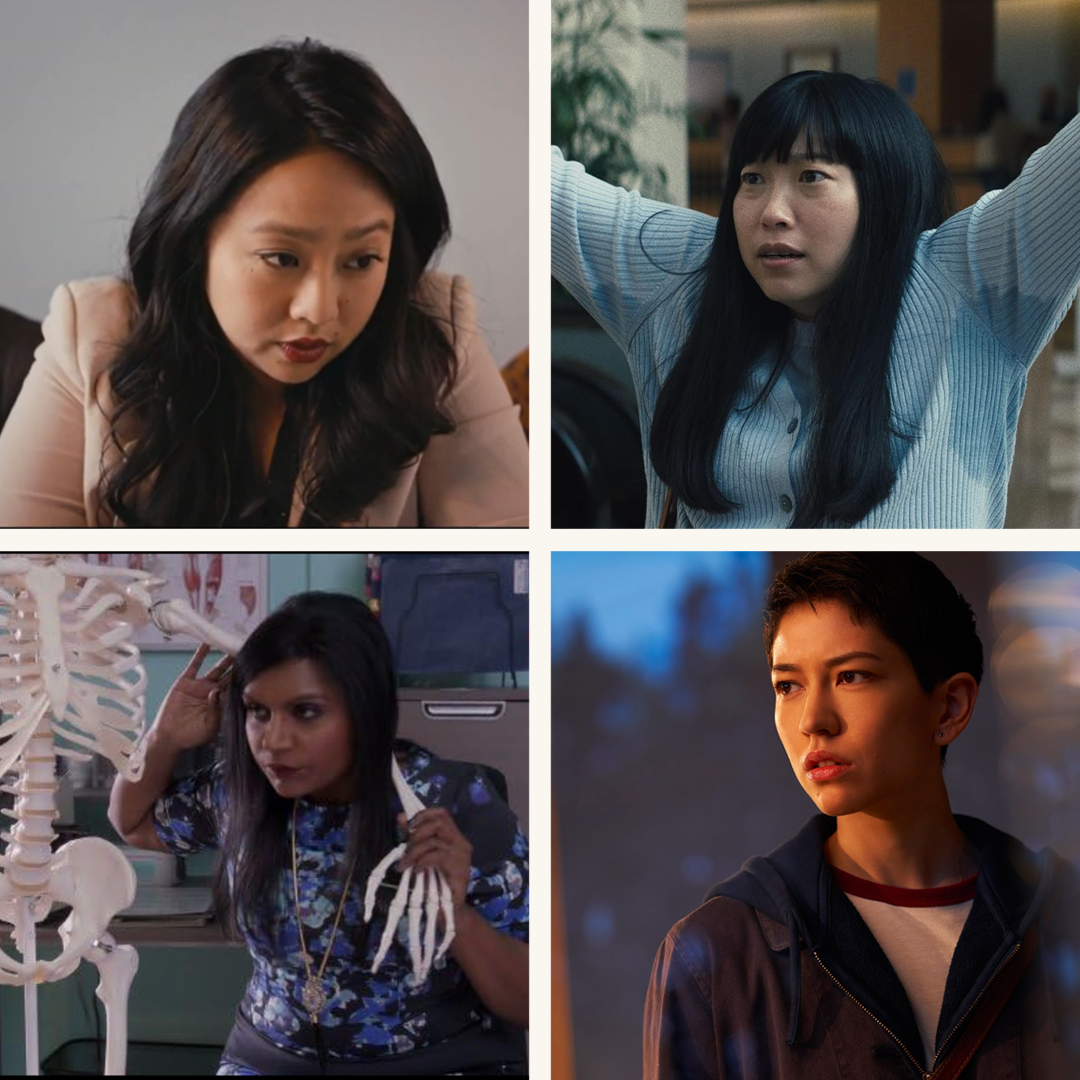
2020 - Stephanie Hsu (Jenny): A journalist takes justice into her own hands when her Internet stalker walks free from the law. 2023 - Awkwafina (Anne Yum): A game-show-obsessed woman and her estranged sister work together to help cover their mother's gambling debts. 2012 - Mindy Kaling (Mindy Lahiri): A young Ob/Gyn doctor balances her personal and professional life, surrounded by quirky co-workers in a small office. 2020 - Sonoya Mizuno (Lily Chan): A computer engineer investigates the secretive development division in her company, which she believes is behind the disappearance of her boyfriend.
“I was so tired of the parts I had to play,'' Wong told an interviewer in 1933 explaining her decision to leave the U.S. for Europe five years earlier. “Why is it that the screen Chinese is nearly always the villain of the piece, and so cruel a villain--murderous, treacherous, a snake in the grass. We are not like that.”. The characters for her at that time were always limited to certain types. “The screen’s foremost Oriental villainess,” Time magazine dubbed her in her obituary when she died of a heart attack in 1961.
The identity of the characters changed gradually through the ’80s and ’90s. The portrayal of evil women left the stage, although the new roles are usually mapped in a family bond. They are wives, mothers, daughters, grandmothers. Their stories happen within the family as if that’s their only identity.
That’s beginning to change. Now, they are painters, rappers, journalists, computer engineers, game-show-obsessed women, or…
Michelle Yeoh has played roles ranging from a policewoman to a PhD. Even while playing a role centered on being a mother, Evelyn in “Everything Everywhere All At Once” (2022), could be a movie star, a lesbian, a chief, even a stone at the same time. “We could be whatever we want. We could be anything.” Evelyn said.
Scene Three: You and Me and She
She is one of the millions of millions of women. She is one of the millions of millions of Asians.

